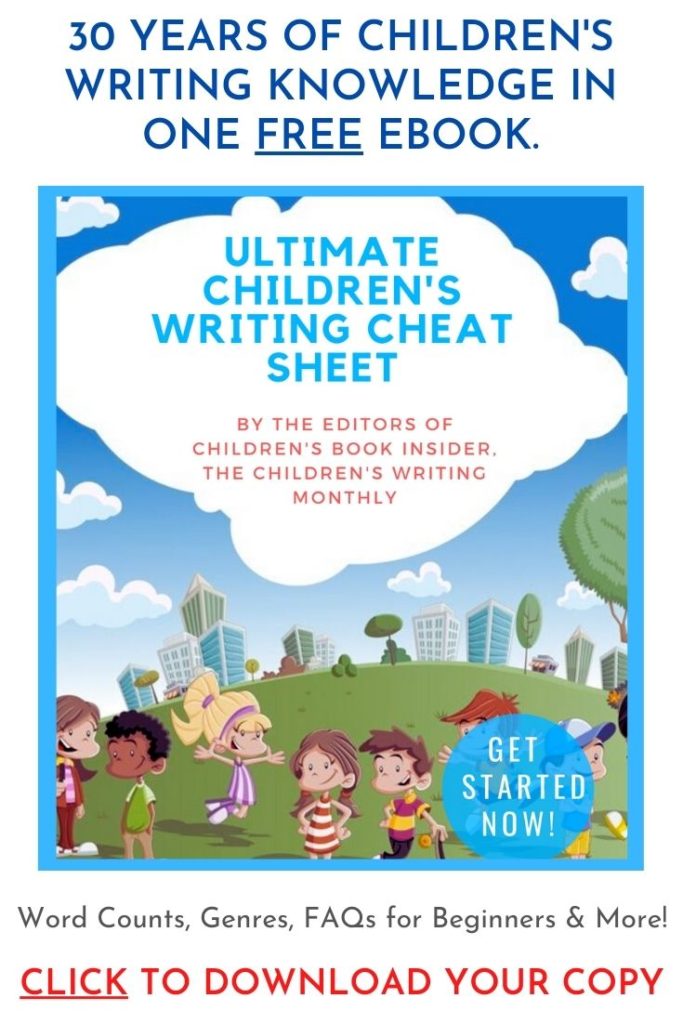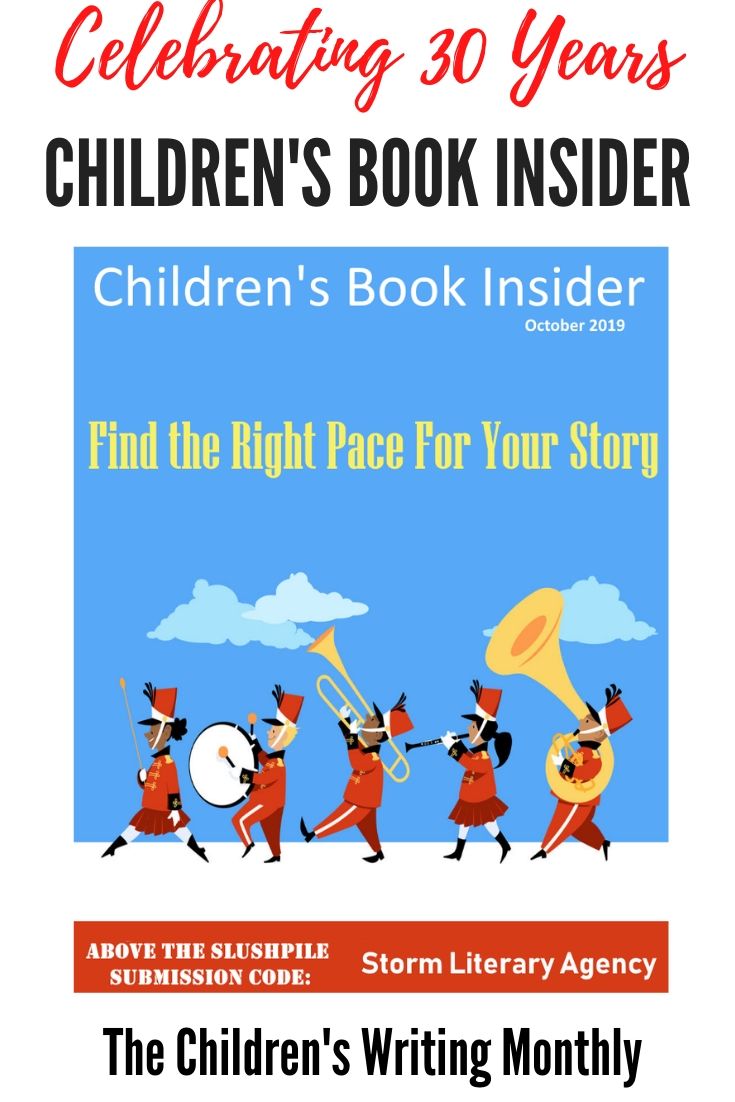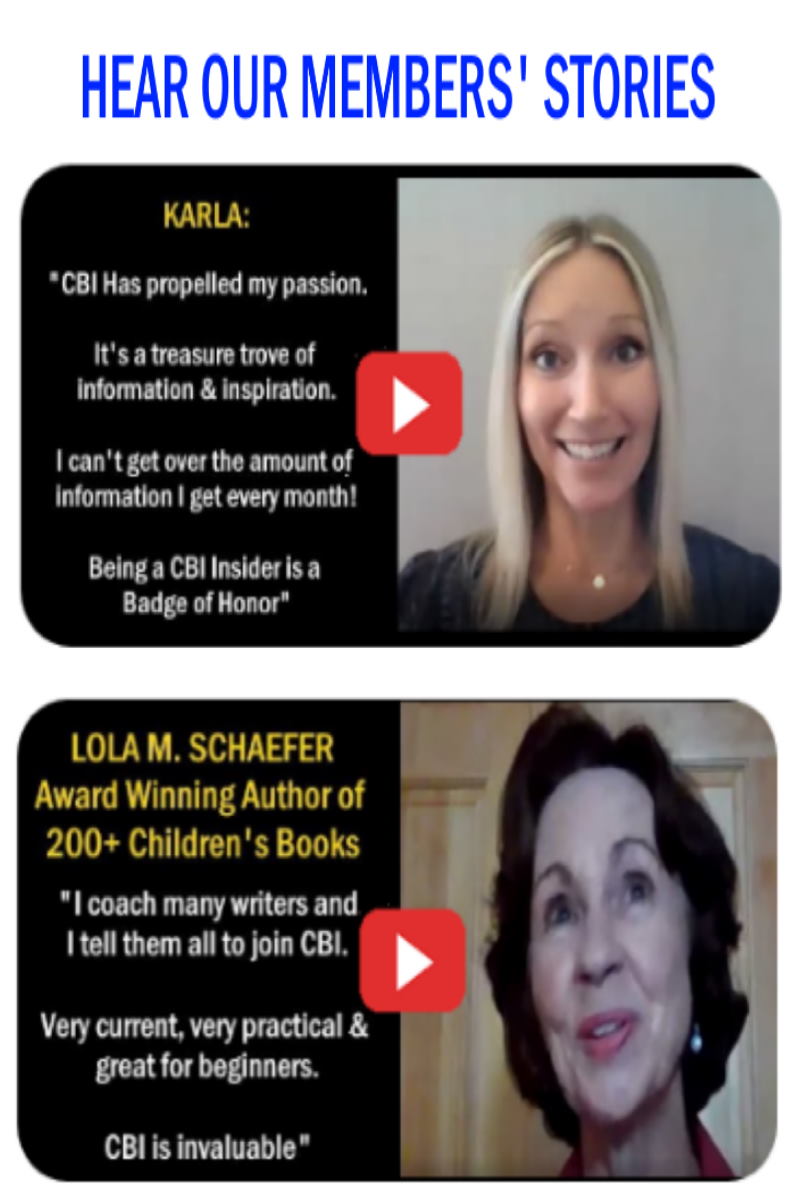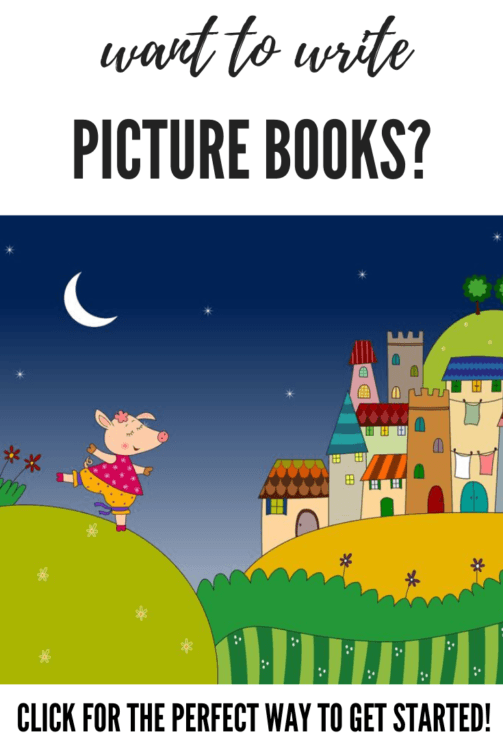
by Suzanne Henshon
Do you love being outdoors? Have you ever considered combining your love of nature with writing? Many writers never consider writing nonfiction for young readers, yet there are many places to publish science-related articles for kids. It can be a great way to break into print.
So, how do you write about science in a way that is fun to read and accessible for young children? You need to think about including details that are interesting, provide accurate information, and bring a complex subject to life. It’s critical that you also think like an artist and make it visually appealing while presenting scientific facts in an accurate and compelling manner. Does it sound challenging? It is! Here are a few tips:
1. Pick an appropriate subject. Young children are fascinated by the outdoors, so it isn’t hard to find a subject of interest. But you want to make sure this subject is also appropriate for the publication where you will submit your piece. Read issues of the magazine to see how other writers handle scientific subjects before deciding what you will write about. When you are confident that your subject is appropriate, you can progress with researching and writing your article.
2. Research carefully. Go the library and find recently-published books on your topic. Peruse related websites as a starting point in your research, but don’t rely on them exclusively unless you can verify the information in at least two other sources. Read recent articles for adults on the subject and make a note of which experts are quoted. Then try to contact these people for an interview. If you can’t find scientists in the field of your topic, look for university professors to interview, or authors who have written extensively on the subject. You’ll be taking a different slant on the material than they did, and these authors may be open to being a source for your article.
3. Consider how to present this subject to young readers. The youngest readers will have no knowledge of the topic. Don’t overwhelm them with details—zero in on one fascinating aspect and explore it in an entertaining way. Older readers will want to build on what they already know. Think carefully about the reading audience and the best way to present your information; remember that you need to be age appropriate and accurate concurrently.
4. Read comparable articles and pieces. Have you read articles for children? Have you purchased books about comparable subjects? When you read articles and books, you learn how to write for this age group; you develop a sense of how to present a subject in an interesting and compelling way for your particular age group.
5. Plan out how your piece will appear on the page. Will your piece appear on a single page, or will it appear on several pages? How much text will appear on each page? Will you be providing photographs to go with the article? Think carefully about these issues as you write your piece, and be cognizant of how many words are in most science articles.
6. Write beyond facts. Your job isn’t to write an encyclopedia entry; your responsibility is to tell a true story about the natural world. So don’t just present facts and figures; focus on specific facts that children can connect to directly, and find a way to make the information relevant to the reader’s life.
7. Focus on bringing science to life. No matter what you are writing about, your first responsibility is to make your text interesting. Generally science pieces for young readers are short and to the point; you will find yourself emphasizing some factual information while having to omit other things. Don’t feel guilty about this; maybe you are tantalizing the interest of the young reader and encouraging her to explore further on her own.
8. Edit and revise. When you have finished writing your piece, sit down and read it over carefully. Compare your piece to other science pieces that have been published by this publication. Is yours comparable in length, style, and word choice? Have you stretched the imagination of young readers in an appropriate and meaningful way?
When you write a science piece for young readers, you have the capacity to change their lives forever; you might inspire the next Jane Goodall or Neil Armstrong. You could be the spark that encourages a child to reach for the stars. So take this responsibility seriously, and enjoy writing your science article. With a little luck, you might get a publication— and change a young reader’s life forever.
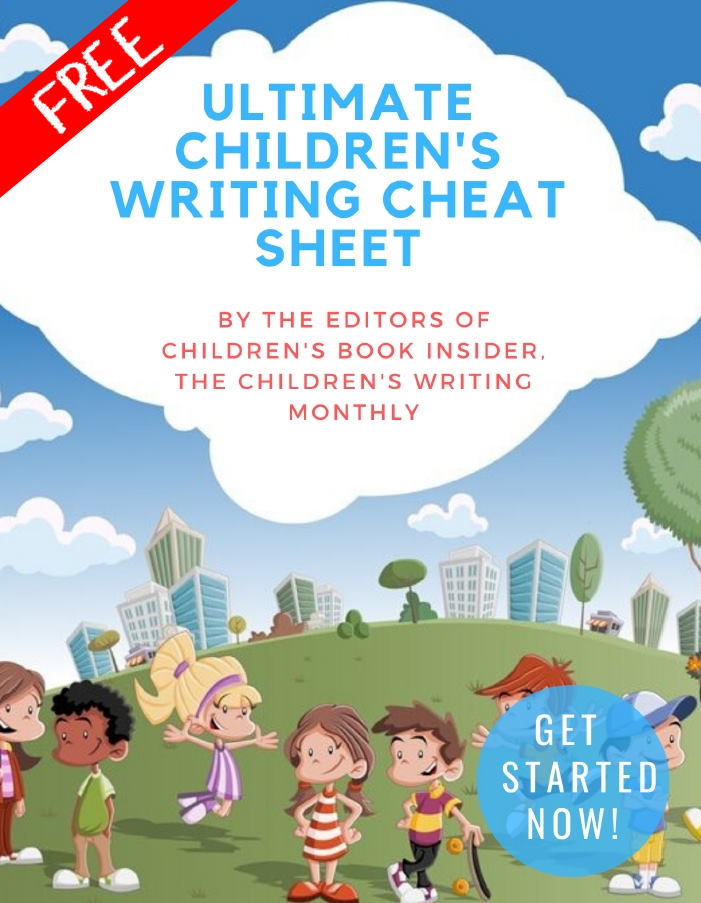
✏ Word Counts & Age Groups for Every Kidlit Category
✏ FAQs, Glossaries and Reading Lists
✏ Category-specific Tips, from Picture Books Through Young Adult Novels
✏ 5 Easy Ways to Improve Your Manuscript
✏ Writing For Magazines …and more!
This is a gift from the editors of Children’s Book Insider, and there’s no cost or obligation of any kind.
We will never spam you or share your personal information with anyone. Promise!
